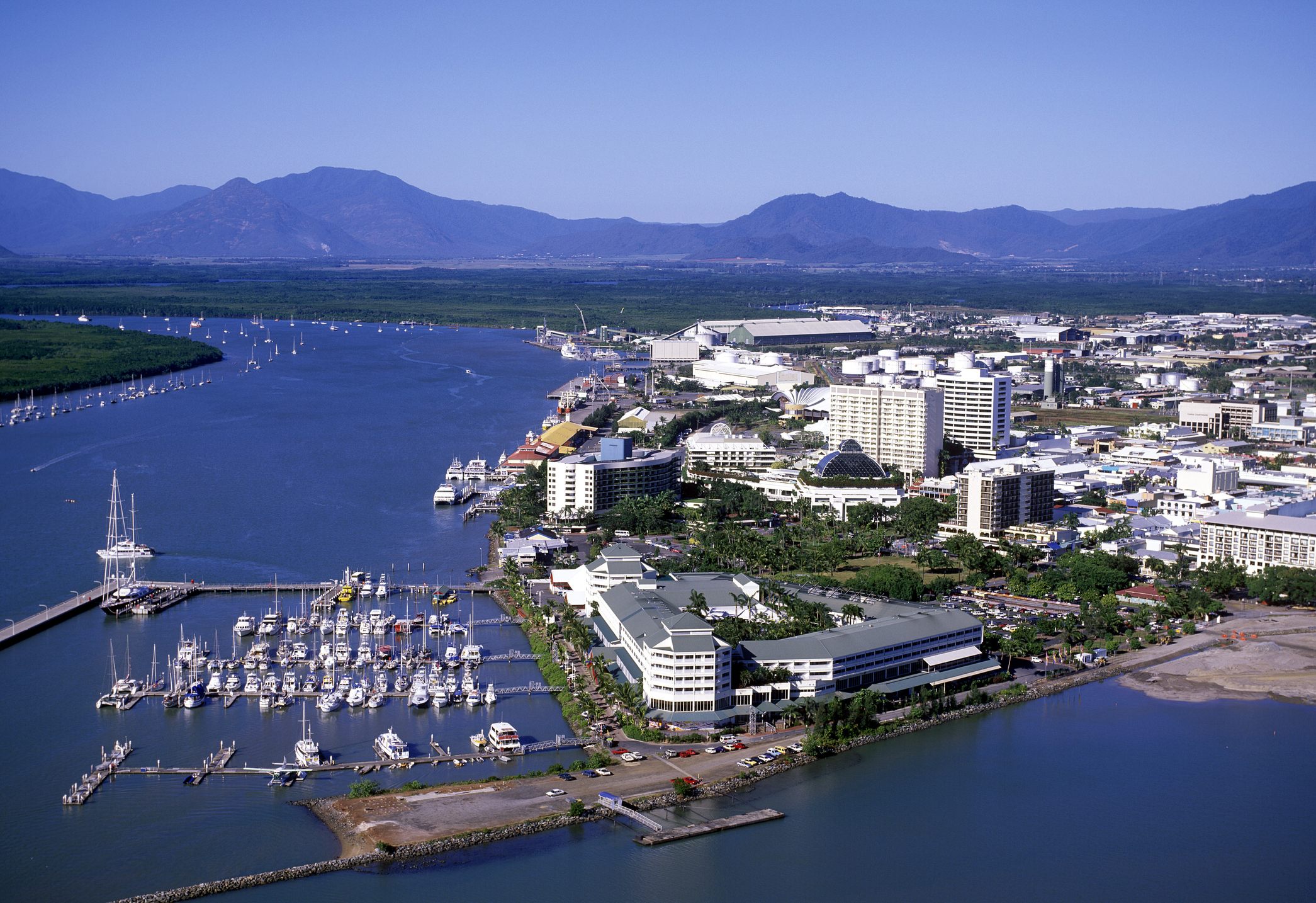The ability of industry to provide sufficient workforce capability and capacity to deliver infrastructure has become a central focus for governments across Australia. With the national unemployment rate at 4 percent, its lowest since 1974, and a newly formed Australian Labour Government to ‘creating secure, well paid jobs’, it is worth taking stock of the current state of play across the nation.
Over the past year several reports have been published discussing the gap between workforce demand and supply in the infrastructure sector. Reports include Infrastructure Australia’s (IA) Infrastructure Market Capacity Report, Infrastructure Workforce and Skills Supply Report, and the Delivery Outcomes Report. The infrastructure construction sector has been the backbone of COVID-19 economic recovery, and has long been the primary mechanism for job creation, across Australia. Alongside Australian Rail Association’s Building Australian Rail Skills for the Future, the above reports highlighted if immediate and intentional action is not taken to attract, retain, develop, and upskill people from all walks of life and intersections, there is critical risk for the market. IA predicts that by mid-2023 more than 105,000 jobs could go unfilled as governments across Australia pursue delivery of an unprecedented infrastructure pipeline worth over $200 billion in the next five years.
IA estimate that Victoria, Queensland and Tasmania will experience the greatest risk of labour shortages between 2021-2025. It is expected all three states will require a workforce that is approximately twice the size of the projected supply available within their borders.
A labour supply therefore must be attracted and retained if the identified shortfall is to be addressed in the short and long-term. In this respect creating jobs is not enough. A strategic focus must be given to attracting, training, and retaining a sustainable workforce willing and able to take up these opportunities.
The National Workforce Development Strategy (the Strategy) was released in March 2022 by the then Australian Government. The Strategy adds further weight to IA’s findings, citing skills and labour shortages. Further, new ways of working have emerged from globalisation, demographic changes, technological advancement, and digitalisation. These have been rapidly exacerbated due to the global pandemic.
COVID-19 recovery driven by jobs and investment in infrastructure
Governments across Australia have leveraged investment in infrastructure to underpin the COVID-19 recovery. Such approaches have focussed on using existing procurement mechanisms to stimulate opportunities for local people and businesses. For New South Wales, Victoria, Tasmania, and the Australian Capital Territory there is a significant focus on apprentices, trainees, and other vocational education activities to meet the skills and jobs demand. Queensland, Western Australia, and South Australia are looking to advance local content priorities alongside existing social procurement frameworks.
Victoria, like many other jurisdictions are looking towards a skills focused recovery. The state experienced the greatest and longest impacts of COVID-19. Together with NSW it has one of the largest infrastructure pipelines in Australia and therefore the most opportunity to leverage targeted, long-term investment to drive jobs and skills growth, providing social, economic and industry benefits.
Opportunities to enhance industry capability and capacity
A recent report by the Australian Government’s House of Representatives Standing Committee on Infrastructure, Transport and Cities titled Government Procurement: A sovereign security imperative (the Government Procurement Report)), examined how government funded infrastructure projects can enhance industry’s capacity in the infrastructure sector and increase sovereign security.
Four central themes are drawn by the Government Procurement Report:
- Recognising the importance of digitalisation to increasing productivity in the sector and sovereign security by building the industries capability and capability, moving to a digital by default model rather than by exception;
- Improving gender diversity in the industry is critical to de-risking and improving the long-term sustainability and capability of industry to meet labour demand;
- Attraction, retention, and skills development of the right workers for the right jobs is central to ensuring the infrastructure workforce is well positioned to deliver on the infrastructure pipeline; and
- A focus on local content and providing opportunities for small to medium enterprises, and tier 2 and 3 contractors is central to expanding the available skills and resource pools.
Best practice and what is next?
The Government Procurement Report identifies several best practice examples across Australia that are addressing these themes to reduce market risk and stimulate greater opportunities. Projects highlighted include the Level Crossing Removal Project (LXRP) and North-East Link Program (NELP) in Victoria for their procurement strategy, commercial framework, and risk allocation approaches.
Infrastructure Advisory Group (IAG) has had significant ongoing involvement in both projects.
The incremental allocation of work under the LXRA Program Alliance model, enabled LXRP to optimise the overall risk and financial exposure for each delivery partner at any point in time, which provided the flexibility for tier 2 and 3 contractors (with lower overall financial and resource capacity thresholds) to take on lead roles in this program. This programmatic approach also enabled both the State and contractors to make significant investments in long-term initiatives focussed on addressing challenges around skills, capability and capacity and local content. This was supported by a targeted performance regime applied at package and program level – further incentivising contractors to invest in positive social outcomes in areas impacted by the projects.
Early and extensive market sounding and an openness to consider industry feedback on procurement and delivery strategies have led to the success of the NELP. IAG provided advisory services in the early stages of project development and throughout the procurement of the Central Package played a critical role in developing an innovative procurement framework that would address industry capacity issues and attract new participants to the Australian market. This approach allowed NELP to respond to the market’s capacity adequately and develop a model that optimised market interest and facilitated high levels of collaboration with innovative solutions to share delivery risk.
Continuing this theme on the procurement of the Freeway Packages, a key feature of the NELP procurement approach is a requirement for tier 1 and tier 2 bidders to partner in submitting a bid. This will create a greater range of opportunities for tier 2 contractors to develop their capabilities and will contribute to the sustainability of the construction sector.
IAG’s business stream Industry Capability and Social Outcomes has extensive experience and a track record in the successful planning, procurement and delivery of industry jobs and skills strategies. We work hand in hand with government and industry to address labour market shortfalls to support increased productivity, improve safety and drive down cost, whilst delivering social and economic outcomes for Australians.



